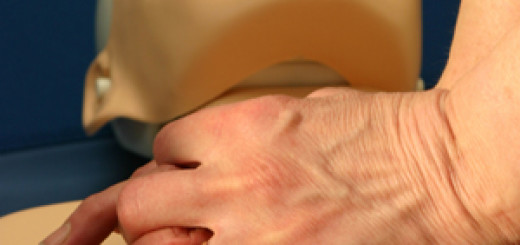Top CPR myths you need to stop believing
CPR (cardiopulmonary resuscitation) is lifesaving first aid procedure used to help victims of sudden cardiac arrest. In order for CPR to be effective it must be performed promptly. However, many people are misinformed about the procedure due to incorrect information being shared publicly through movies and other media.
The following are some common CPR myths that you should be aware of:
- You shouldn’t perform CPR if you’re untrained
It is recommended that people who are not trained in CPR should perform hands-only CPR which involves continuous compressions to the chest. This will buy time until further medical help arrives. Make sure you call an ambulance before starting CPR. In most countries, when you call an ambulance the operator will provide CPR instructions over the phone and coach you through.
- Performing CPR incorrectly can kill a person
Even if you don’t perform CPR perfectly, it is better to do the procedure than to do nothing! Without attempting CPR, the victim has no chance of survival unless an ambulance is around the corner!
- You can get sued for performing CPR on a stranger
Providing medical assistance in any state, whether it involves CPR, AED or first aid reasonably and without negligence will not get you in trouble. You’ll be protected by the Good Samaritan Law. However, the law doesn’t apply if the bystander is reckless or negligent or if he or she leaves the victim after initial care.
Even in countries without ‘Good Samaritan Law’ (eg: United Kingdom) you are very unlikely to be sued as long as you act in the best interests of the person you are helping.
- CPR will work every time
You may have seen this in movies but in real life, CPR success rate lies between 5 to 10% in adults. This of course, depends on how quickly the victim is treated with CPR and emergency medical care. Despite the low success rate, it is still important to learn CPR and perform it in an emergency situation as CPR can double or triple a person’s chances of survival.
- Mouth-to-mouth is a must
Rescue breaths aren’t always required during CPR. Even though CPR involves 30 chest compressions and 2 rescue breaths, mouth ventilation can be ignored if the rescuer is not trained in CPR. In such instances, performing continuous chest compression until professional help arrives is recommended. This is known as “Hands Only CPR”.
- There is a risk of HIV/AIDS while performing CPR
The risk of HIV/AIDS is minimal as it can only spread through direct contact with semen, vaginal fluid or blood. If you suspect there is a risk of any infectious disease, you can still perform hands-only CPR. You can also carry a CPR pocket face shield in which provides additional barrier protection when performing rescue breaths.





